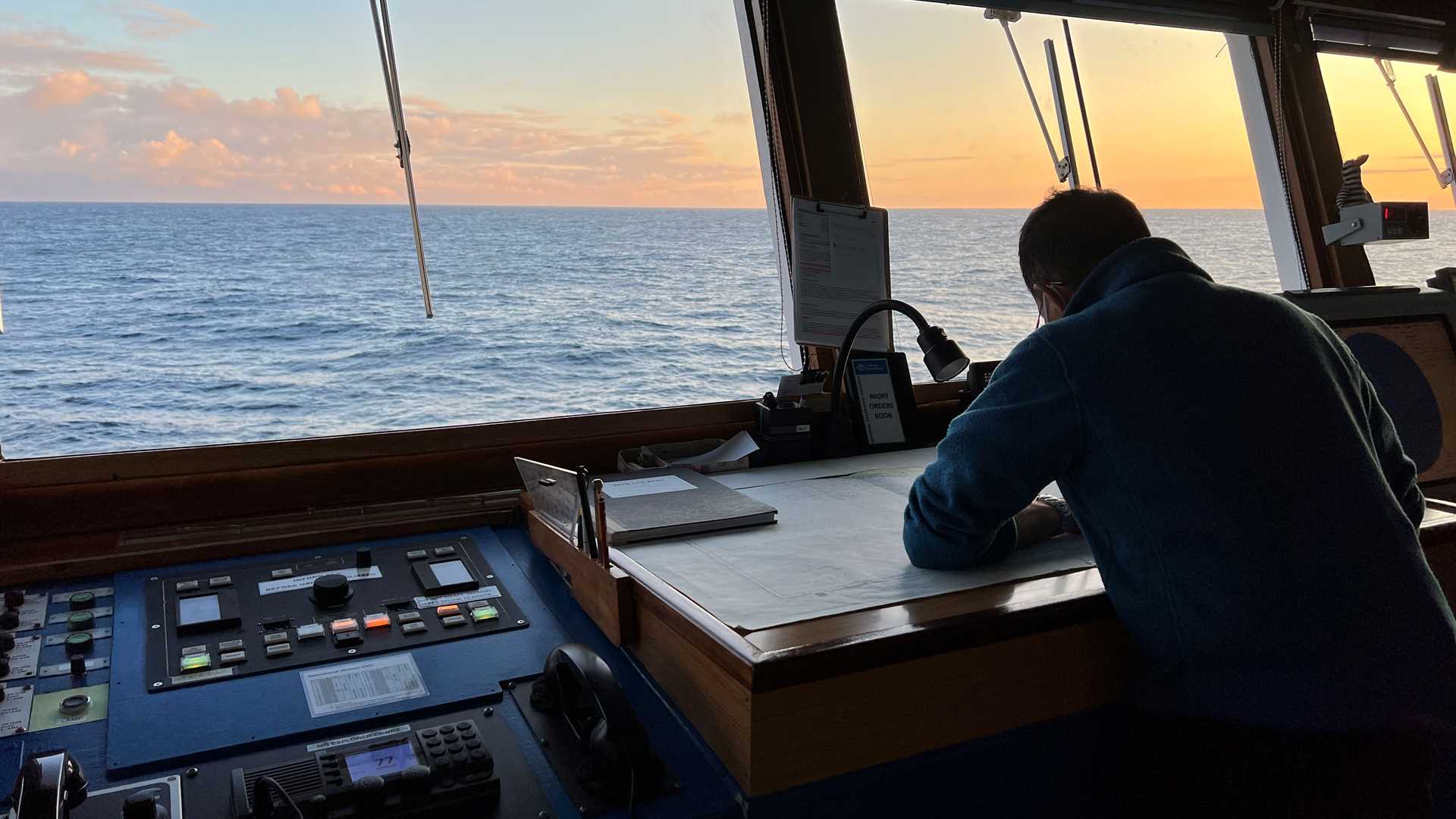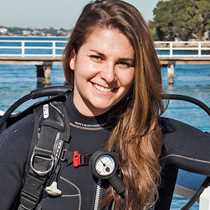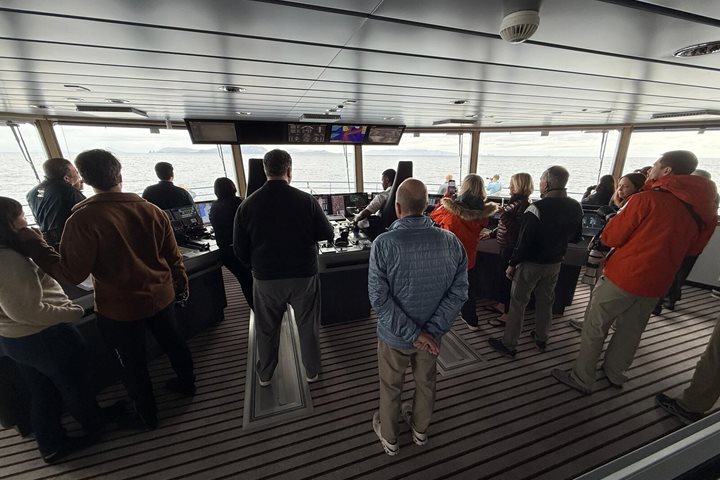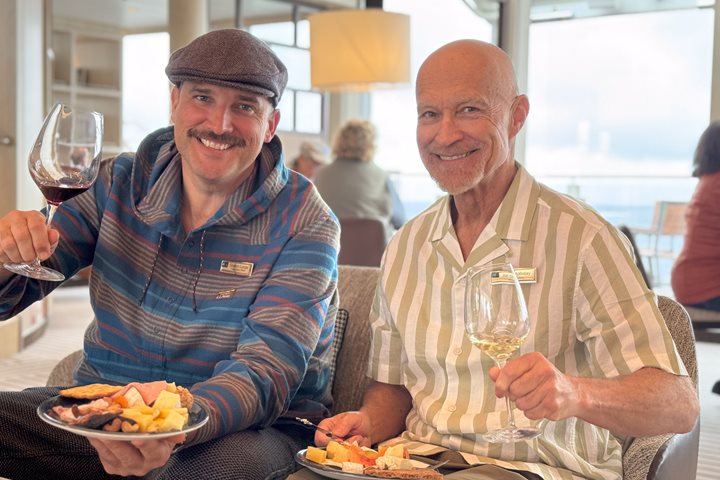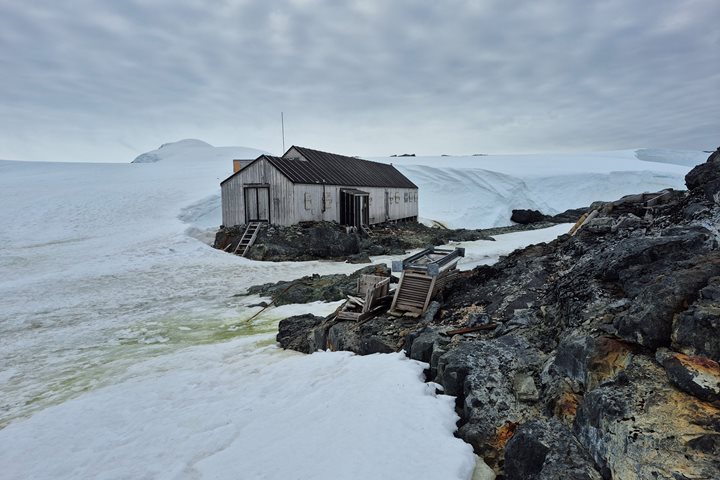And so our journey begins! No trip to Antarctica is complete without experiencing the famous Drake Passage. Today, our crossing began with lumpy seas and grey skies. Our morning involved meeting the Expedition Staff and learning about expedition photography while watching as a smorgasbord of tubenose bird species effortlessly cruised by in the winds. As the day went on, we enjoyed the sea, as well as presentations about seabirds of the Southern Ocean and stories from Tommy Heinrich, National Geographic photographer. By dinner, the skies cleared, allowing us to enjoy a lovely sunset with seabirds and whale blows catching the golden light over what had become a “Drake Lake.” We were extremely lucky to have sea conditions like this, and we went to sleep hoping our luck would continue as we explore the White Continent!
2/28/2025
Read
National Geographic Resolution
Northbound Drake Passage, Cape Horn, and the Beagle Channel
This morning, we had a later start than usual after a late night enjoying the crew show. Our galley team gifted us with a fulfilling brunch. We then had a brilliant forum about climate change with the participation of our panel of experts onboard. Afterward, our expedition leader called us to the bow to see Cape Horn, which was only a few miles ahead. The good weather allowed us to have a smooth and fast crossing, allowing extra time to swing by Cape Horn, the most southern tip of the Americas. Over the PA system, Steven provided a very interesting description of the historical importance of this area, then Pablo read a beautiful poem, a memorial to the seaman lost at sea. We could see the monument in the distance, two metal sheets that depict an albatross in flight. During the afternoon, we enjoyed Madalena’s presentation about Women in Antarctica. This was an incredible voyage through the struggles and delays of allowing women to participate in science and logistics in Antarctica. We entered the Beagle Channel around 17:00 and we encountered black-browed albatrosses, cormorants, dolphins, and whales. On our final approach to the beautiful city of Ushuaia, we passed by Les Eclaireurs Lighthouse and some of the seals that live in the Bridges Islands Archipelago.

